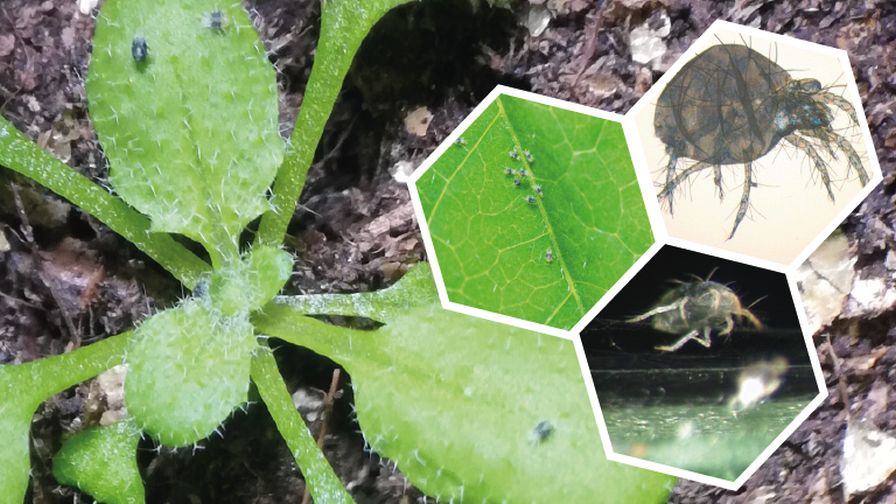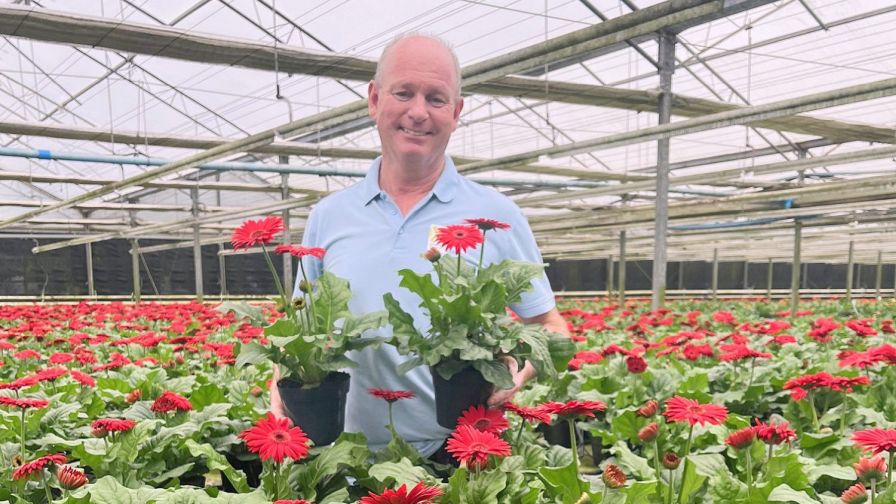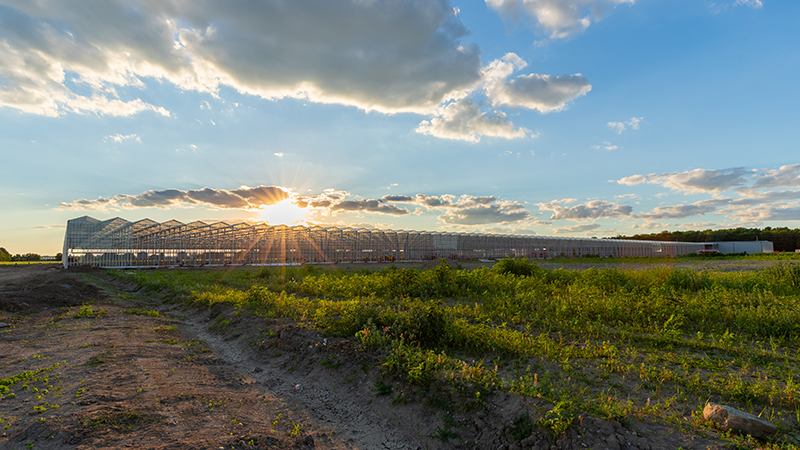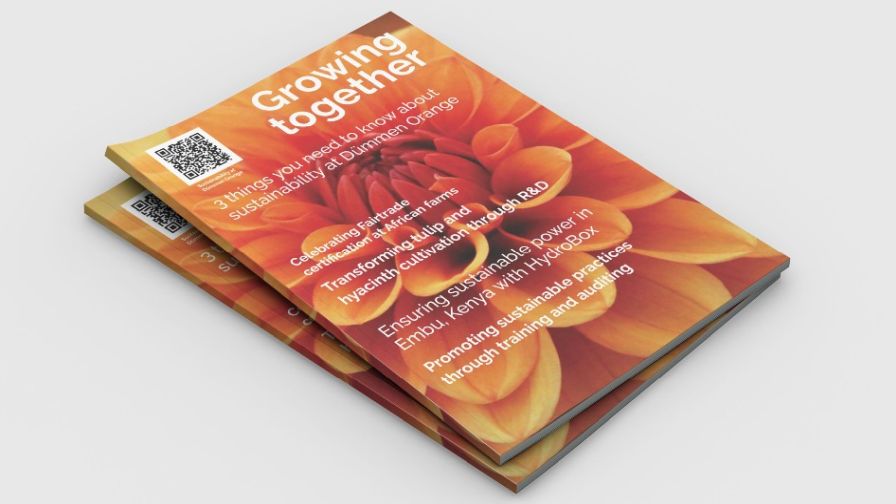Three Tips When Comparing Lighting Design for LED Grow Lights
Growers buy LEDs with the goal of improving their crop yields. A rule of thumb is 1% of LED power is equivalent to 1% of crop yield. But growers need to keep some things in mind when growing under LEDs.
Here are three tips from Philips on how to get your money’s worth on your LED set up.
Free Height
Free height is the height between the light and the top of the crop. It plays a big role in uniformity. Some crops can be difficult to find the best free height. For example, in high-wire tomato crops, which can grow 5 to 8 feet tall, you may find it a challenge to achieve a good uniformity value.
For the best results, measure your free height optimistically or measure at floor levels as if there is no crop to improve uniformity.
Reflection Factors
Another set of parameters to check is the lighting plan’s reflective factors. Reflective factors indicate how much light is reflected from the greenhouse walls.
Here you do not want to measure optimistically. Using the DIALux calculation software, set the reflection values to 0% for a greenhouse lighting design, as the glass used for greenhouse walls should ideally not reflect any of the grow light.
Type of Uniformity
There are many types of uniformity. The DIALux software provides you with different types of uniformity. When comparing lighting designs, be sure to include the type of uniformity.
Philips recommends express uniformity as the average light intensity divided by the maximum light intensity, as it best represents a real-life situation.
To learn more and see two other tips, click here.










